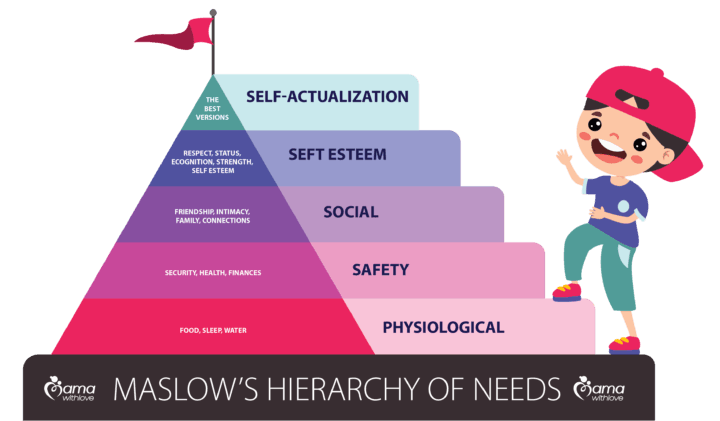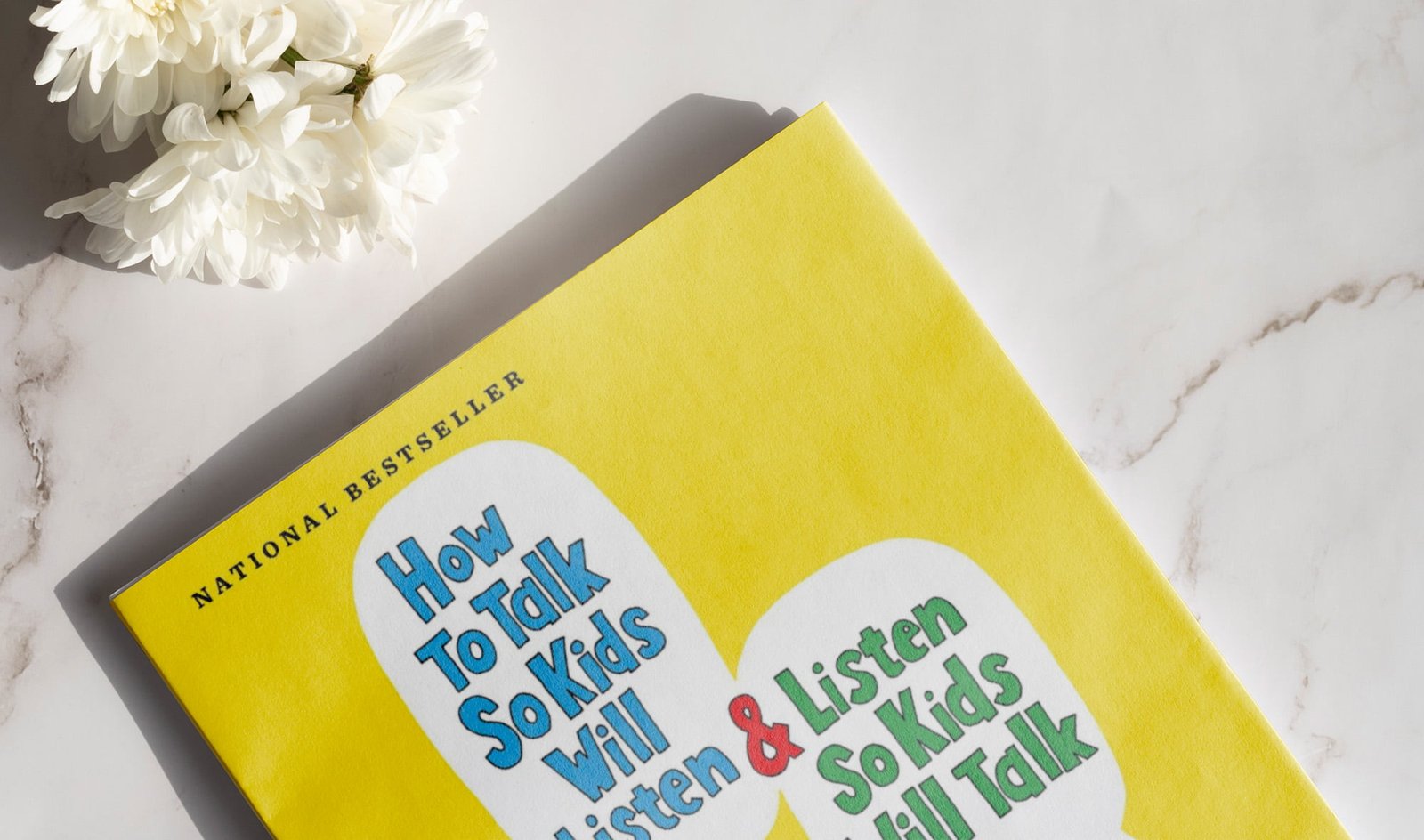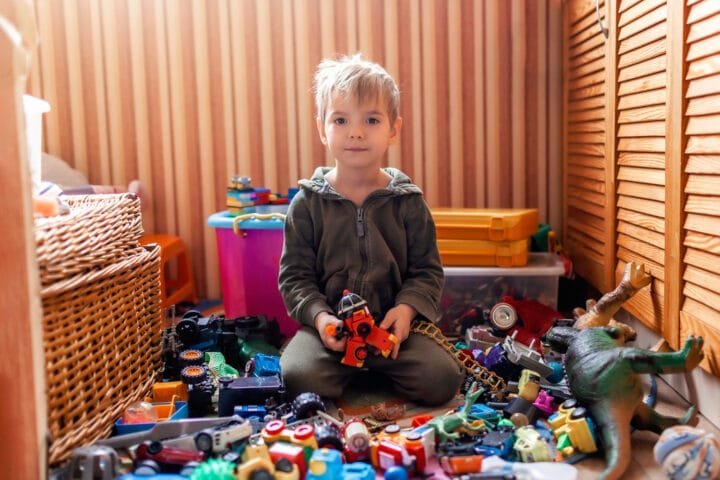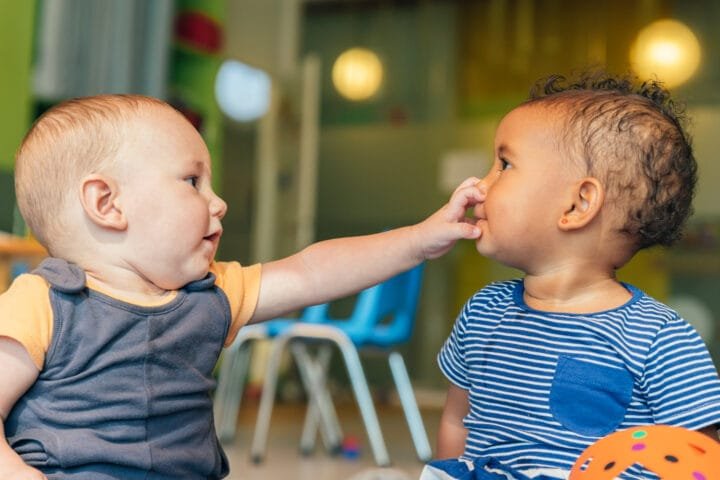The Maslow Hierarchy of Needs and Child Development: Climbing the Pyramid
Parenting is a wild ride, filled with challenges and triumphs. But what if I told you that there is a map and guide that can help you understand your child’s inner world and support their journey toward becoming a thriving, self-assured individual? That guide is Maslow’s Hierarchy of Needs. It’s not just a theory; it’s a practical tool that can empower you to transform your parenting approach, making you feel more confident and capable.
Understanding the Foundations
Remember those pyramid diagrams from Psychology 101? Maslow’s Hierarchy of Needs visualizes the human needs we strive to meet. You can’t build a beautiful roof garden (self-actualization) without laying a solid foundation (physiological needs).
- The Five Levels: The essential needs of our bodies are food, water, and sleep. They are the non-negotiables, the building blocks of life. We must feel safe and protected from harm physically or emotionally, followed by love and belonging – our essential connections with our family and friends that nourish our souls. Above all, esteem is the feeling of being confident in ourselves and our abilities and recognizing our value. Lastly, self-actualization – being the best version of oneself, fulfilling our potential, and living a meaningful life.
In the pyramid, we don’t just need to survive; we need to thrive. Our children can succeed with a growth mindset if they understand these needs and climb the pyramid toward a fulfilling life. A child who is hungry or scared won’t focus on learning their ABCs or making friends. We must create an environment where they feel safe, loved, and empowered to explore their world.

Pyramid Base: Building Blocks
The most important thing to remember is that kids must meet their basic needs first. Ignoring their basic needs is like trying to build a Lego masterpiece without any pieces. It just won’t work. It’s the same with our children.
Level 1: Physiological Needs
The goal isn’t just to feed and water our kids. It’s about fueling them to grow, learn, and explore. Think nutritious meals, enough sleep (the dream! ), and a safe, comfortable environment. By the age of 5, a child’s brain grows to 90% of its adult size. That’s a lot of development happening so fast, requiring much energy. Tired, hungry children are often grumpy and unfocused.
Level 2: Safety Needs
As a parent, your role is to create a sense of security and stability for your children. This goes beyond physical safety. By establishing routines, clear boundaries, and a loving, predictable environment, you are providing a safety net that allows your children to thrive. Your care and responsibility are what make them feel secure, just like a comfortable, familiar blanket in a world that can sometimes seem overwhelming.

Social and Emotional Growth: The Middle Ground
After their basic needs have been met, children can begin to venture into the social and emotional world around them, where they can build relationships, connect, and develop their identity.
Level 3: Love and Belonging
Connection is something we all crave, and children are no different. Creating a loving, supportive environment where children feel accepted for who they are is about nurturing those vital bonds with family and friends. Give them hugs, cuddles, quality time, and those precious moments of Connection. According to studies, children who feel loved and accepted have higher self-esteem, perform better academically, and are more resilient.
Level 4: Seft Esteem
Confidence begins here. It is about recognizing a child’s strengths, celebrating accomplishments, and developing a positive self-image. Think encouraging words, opportunities for success, and a healthy dose of independence. Remember when your child finally learned to ride a bike without training wheels? The feeling of accomplishment? Pure magic! Children learn self-efficacy by taking on age-appropriate challenges and being praised for their efforts.

Level 5: Self-Actualization in Children
Lastly, we come to the top of the pyramid – self-actualization. This might sound lofty, but it’s about encouraging our children to be the best versions of themselves. As a parent, there’s no greater joy than witnessing your child’s self-actualization, feeling proud and fulfilled as they grow and develop.
- Developing Self-Actualization: This isn’t about pushing our children to become mini-Einsteins or child prodigies. It’s about encouraging them to grow, explore, and learn at their own pace while recognizing their potential. It’s about nurturing their curiosity and encouraging them to ask “Why?” a million times daily (even if it sometimes makes you want to hide under the covers!).
- Fostering Creativity and Curiosity: Remember those epic cardboard box castles and imaginary tea parties? Self-actualization happens when you encourage creativity, imagination, and a love of learning. It’s all about open-ended play, art supplies, and messy experiments with baking soda (but hey, at least they’re learning!). Play is essential to develop cognitively, socially, and emotionally; play activity promotes children’s problem-solving skills, creativity, and emotional regulation.
- Developing a Growth Mindset: This teaches our children that mistakes are learning opportunities, challenges are meant to be overcome, and perseverance is the key to achieving their dreams. To help them bounce back from setbacks and keep aiming for the stars, we must help them develop resilience. The study showed that children with a growth mindset are more likely to accept challenges, persevere in the face of setbacks, and succeed academically.

Practical Applications: Putting the Hierarchy into Action
Now, we’ve explored the pyramid. But how can we put this into practice? What parenting strategies can we use?
- Creating a supportive home environment is more than just providing the necessities. It’s about establishing routines, setting clear boundaries, and fostering open communication. These elements create a space where children feel safe, loved, and supported. From family dinners to impromptu dance parties, every moment in this environment contributes to a child’s sense of security and encourages them to explore their potential.
- Educators play a pivotal role in supporting children’s development. By creating an inclusive and safe learning environment, we can help children feel valued and welcomed. We aim to nurture their interests and talents, promote social and emotional learning, and instil a love of learning. Research has shown that a positive, supportive classroom environment can profoundly impact a child’s academic performance and emotional well-being.
- Addressing Challenges and Roadblocks: Parenting isn’t always a joy. The challenges you face as a parent include tantrums, meltdowns, and those moments when you feel completely lost. Understanding Maslow’s hierarchy will allow you to pinpoint the root cause of these challenges. Does your child feel inadequate due to a lack of sleep? A desire for more Connection? The ability to overcome adversity can be enhanced if these underlying needs are addressed.
Further Reading: Deepen Your Understanding
Are you eager to explore the fascinating world of child development and Maslow’s Hierarchy of Needs in greater depth? These insightful books offer valuable perspectives and practical strategies for parents and educators:
For Parents:
- The Whole-Brain Child by Daniel J. Siegel and Tina Payne Bryson: This book demystifies the complexities of a child’s brain and provides parents with practical tools to navigate emotional storms, foster connection, and cultivate resilience.
- How to Talk So Kids Will Listen & Listen So Kids Will Talk by Adele Faber and Elaine Mazlish: A timeless guide that teaches parents how to communicate effectively with children, fostering mutual respect, empathy, and cooperation.
- Raising an Emotionally Intelligent Child by John Gottman: This book equips parents with the knowledge and skills to help their children understand and manage emotions, build strong relationships, and develop empathy.
- Mindset: The New Psychology of Success by Carol S. Dweck: Explore the profound impact of mindset on a child’s development and learn how to foster a growth mindset that encourages resilience, perseverance, and a love of learning.
- Playful Parenting by Lawrence J. Cohen: Discover the transformative power of play in child development and learn how to connect with your child, strengthen your bond, and foster emotional well-being.
For Children:
- The Way I Feel by Janan Cain: A beautifully illustrated book that helps children identify and express their emotions healthily and constructively.
- A Little Spot of Anxiety by Diane Alber: Part of the “Little Spot” series, this book gently introduces children to anxiety and offers simple, effective coping strategies.
- The Most Magnificent Thing by Ashley Spires: This empowering story teaches children about perseverance, problem-solving, and the importance of embracing mistakes as opportunities for learning.
- Ish by Peter H. Reynolds: This book celebrates creativity and encourages children to embrace their unique style, fostering self-expression and confidence.
- The Dot by Peter H. Reynolds: This inspiring story promotes self-confidence and encourages children to believe in their abilities, sparking creativity and courage.
The Development of Children from a Holistic Perspective
A parenting roadmap, Maslow’s Hierarchy of Needs, reminds us that kids are complex beings with many needs that need to be met. Understanding these needs allows us to create an environment where our children feel comfortable, loved, and empowered to achieve their full potential. The goal is to recognize that child development is a journey, not a destination. It’s about celebrating the little victories, embracing the chaos, and savouring the moments.
Children climb the pyramid at their own pace, and that’s perfectly fine. Our duty as parents and educators is to provide them with the support, love, and guidance they need to reach the top, one step at a time. We might even find out something about ourselves in the process.
FAQs
Maslow’s Hierarchy of Needs is a psychological theory that categorizes human needs into a five-tiered pyramid. From the base to the peak, these needs are physiological (food, water, shelter), safety (security, stability), love and belonging (connection, relationships), esteem (self-worth, confidence), and self-actualization (fulfilling one’s potential).
Just like adults, children need to meet their basic needs before moving on to higher-level needs. A child who is hungry or feels unsafe won’t be able to focus on learning or socializing. By understanding the hierarchy, parents and educators can create a supportive environment that helps children thrive.
Physiological: Provide nutritious food, ensure adequate sleep, and create a safe and comfortable living environment.
Safety: Establish routines, set clear boundaries, and provide consistent, loving care.
Love and Belonging: Spend quality time with your child, foster strong relationships with family and friends, and create a sense of belonging in the home and classroom.
Esteem: Encourage your child’s independence, celebrate their achievements, and provide opportunities for success.
Self-Actualization: Foster creativity and curiosity, encourage exploration and play, and support your child’s unique interests and talents.
If a child’s needs are unmet, they may experience difficulties in various areas of development. For example, a child who lacks secure attachments may struggle with social-emotional development. In contrast, a child whose esteem needs are not met may experience low self-esteem and a lack of confidence.
By understanding the hierarchy, you can better understand your child’s behaviour and provide the support they need to thrive. You can create a nurturing environment that meets their needs at each level, from basic physiological needs to the need for self-actualization. This will help your child become confident, resilient, and fulfilled.
Related Posts

















































































